My First PolarTREC Journal
Here in southcentral Alaska, where I live and work, fireweed (Chamaenerion angustifolium) is a common and beautiful wildflower. As the fuchsia-colored flowers give way to fluffy white seeds that float on the wind and the leaves turn crimson, we know that summer is coming to an end and autumn is here. This seasonal indicator is so important that there is a well-known local saying that when the fireweed blossoms at the top of each stalk open to bloom, it is only six weeks until we see the first snow.
This year, June and July brought record high air temperatures at numerous locations across the state of Alaska. Many flowers, including fireweed, bloomed very early this year. Communities members and researchers alike noticed this change in phenology. Phenology translates as the 'science of appearance' and is the study of the timing of life cycle events in all living things. Phenology has been described as nature's calendar -- when robin's eggs hatch, when leaves turn colors in the full, when whales migrate. And this calendar is changing.
Tracking phenological change is important to science because the timing of these life cycle events can be very sensitive to cumulative impacts of climate change and other environmental drivers. For example, the timing of fireweed blooming gives us cumulative information about high and low air temperatures, precipitation, sunlight and other factors that may impact fireweed phenology in a given location. In some ways, it is like the plant collects the data, analyzes it, and produces a stunning 'presentation' of the results. Phenology not only helps us to notice and track change in the ecosystems around us, there are also major ecological, social, cultural, and economic impacts when phenology shifts in response to climate change.
A quick example -- the blueberries also came early this year (and last year, and the year before too!). I am so lucky to be able to pick these berries and also to be able to fish for returning salmon in local rivers. These foods help to sustain me and are an important part of the way my family enjoys life in Alaska. In past years, salmon fishing usually took place before the berries were ripe. But now, the two seasons tend to overlap a bit more. For me, this only leads to late nights and early mornings, trying to find time to harvest both berries and salmon in the few hours I'm not working. For remote Alaskan communities where these foods are critically important, this overlap can be hugely problematic. Similarly, families for whom these are valued cultural practices must make a choice of which harvest to share across generations if there isn't time to do both.
Black bears and brown bears also are affected. If these rich food sources overlap in mid-summer, it may mean fewer calories available to them in the fall when they really need to bulk up before hibernation. For brown bears on Kodiak Island, shifts in the timing of ripe elderberries led bears to actually switch from eating salmon to eating elderberry, with major impacts rippling through the ecosystem. So phenology matters. Our climate is changing and here in Alaska we are already seeing major impacts.
But back to the fireweed and the snow prediction. The blossoms are just now opening at the tops of most fireweed. If we go by the local saying, there is 6 weeks until the snow flies. Mid-September snowfall seems highly unlikely for Homer. But perhaps the fireweeed is predicting for me personally! See, in exactly 6 weeks I will be departing for Tromso, Norway and preparing to board the icebreaker RV Akademik Federov as part of the MOSAiC International Arctic Drift Expedition as part of major research to understand climate change and impacts in the Arctic and well beyond.
You can learn more about this incredible expedition by visiting the expedition website or viewing this short video. From Tromso, we will head northeast to help situate the primary research vessel, the icebreaker Polarstern, in the sea ice. The objective is to freeze the Polarstern into the sea ice for an entire year, where it will serve as a floating research center. This is the first year-round expedition into the central Arctic to research the Arctic climate system.
I'm not sure what exactly to expect of my 6 weeks on the Federov, but I bet I'll see snow and sea ice at some point! I'll also be keeping an eye and an ear out for evidence of phenological changes and seasonal shifts in Arctic organisms. Whatever happens, I am thrilled to be a part of this expedition, live on an icebreaker moving through the sea ice, and help to share the science and stories of this endeavor with young people and adults around the world. You can follow my updates from the expedition here in my journals.
But before the trip begins, I would love to gather some of your questions. What do you wonder about the Arctic? What questions do you have about sea ice, climate change in polar regions, seasonal patterns, Arctic ecosystems, and the complex interactions between ice-air-water-and-biological systems? What do you wonder about how the Arctic climate system might affect the communities and ecosystems where you live? Submit your questions here and I will do my best to track down answers for you and share them through the journal later on.
- next >
- 1 of 45

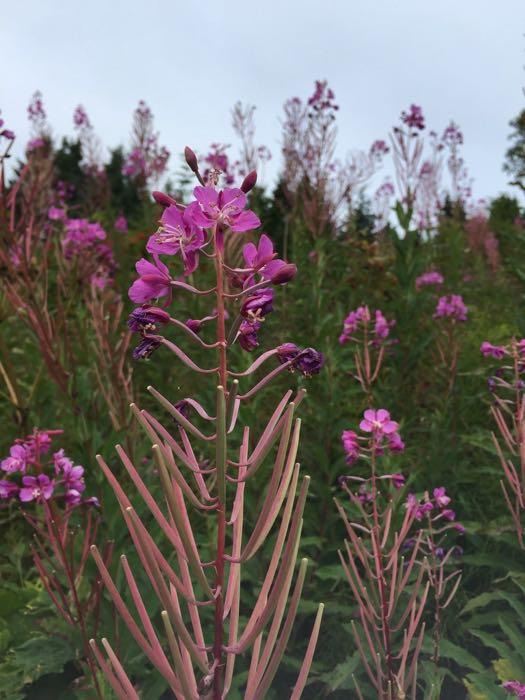
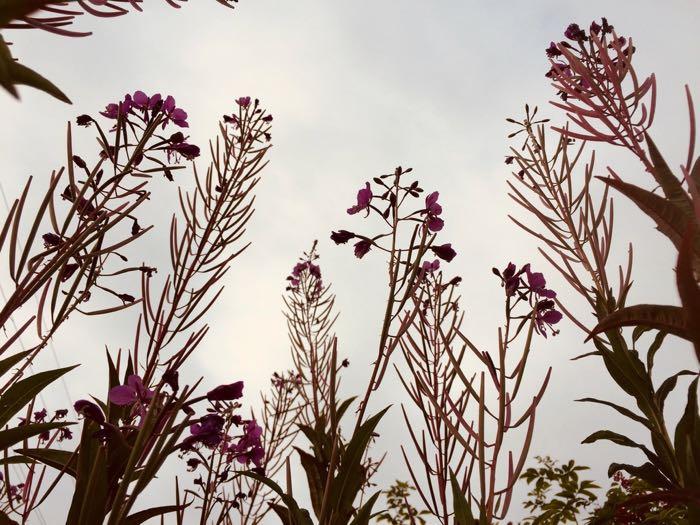
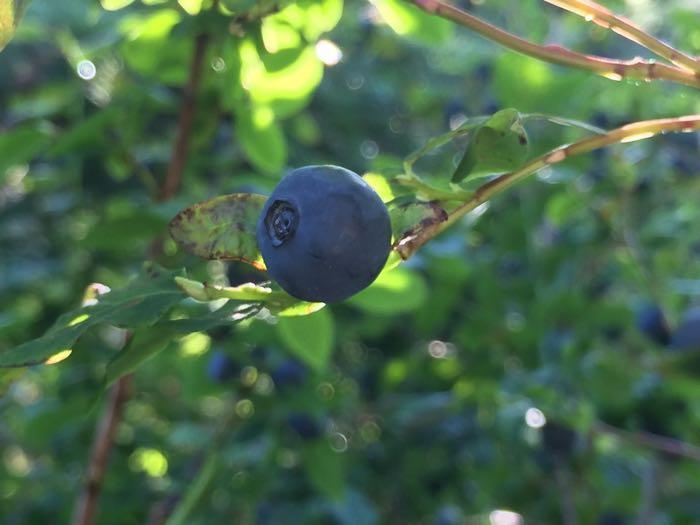
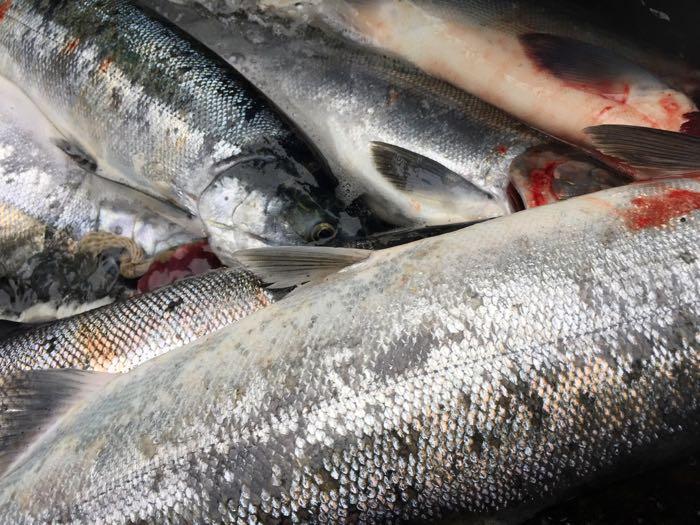
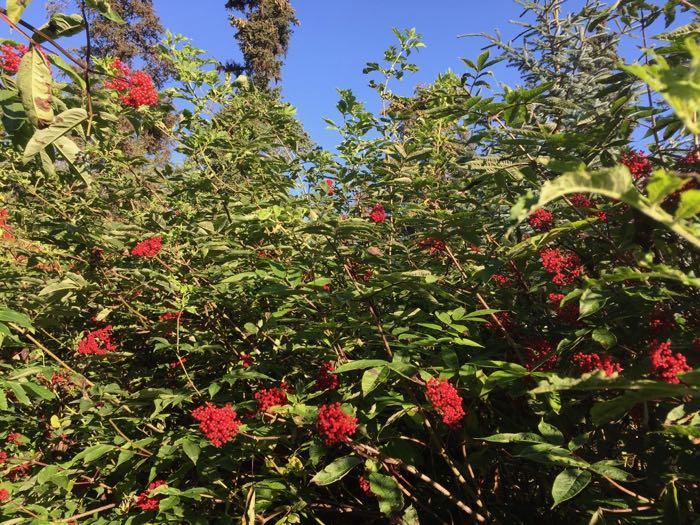

Comments